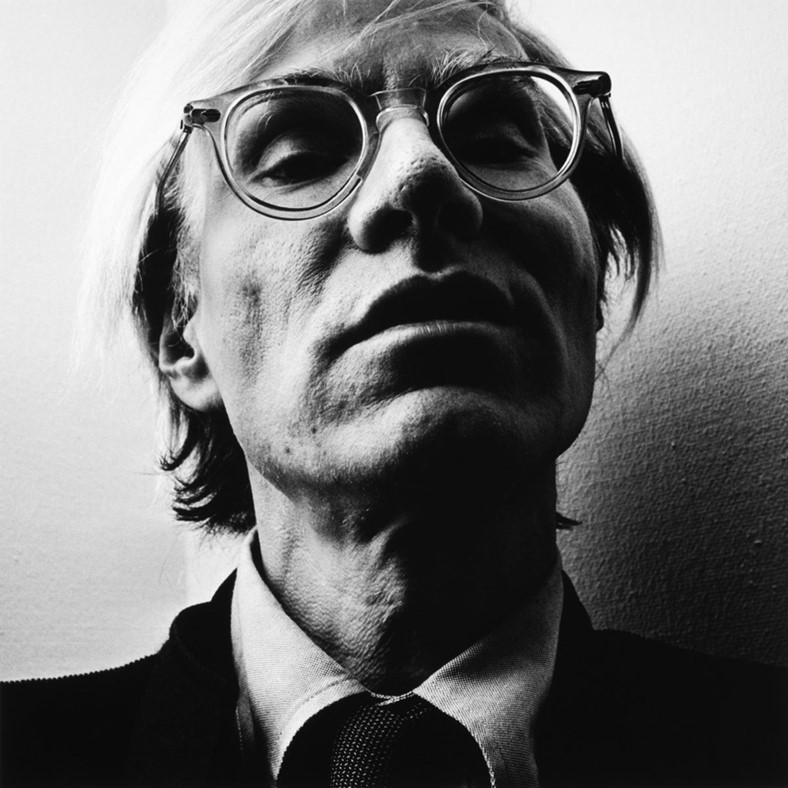
On March 28, 2022, the Supreme Court granted certiorari in Andy Warhol Foundation for the Visual Arts, Inc. v. Goldsmith.1 Andy Warhol created sixteen silkscreen works of art based on Lynn Goldsmith’s photograph of Prince Rogers Nelson, who, at the time Goldsmith took the photograph, was an aspiring musician known as Prince.2 In 2016, Goldsmith discovered Warhol’s work, which was clearly based on her photograph of the now-famous musician.3 The lawsuit between the Andy Warhol Foundation and Goldsmith ensued.4
In the suit, Goldsmith claimed Warhol’s work infringed her copyright in her photograph, while the Warhol Foundation asserted the copyright defense of fair use. The United States District Court for the Southern District of New York granted summary judgment in favor of the Andy Warhol Foundation, grounded in the fair use doctrine.5 On appeal, the Second Circuit reversed, finding that Warhol’s work did not satisfy any of the four factors used to analyze fair use.6 Now, the Supreme Court has announced it will settle the dispute, which could have far-reaching effects on the fair use doctrine, in particular for contemporary art that utilizes preexisting works to make new works of art, much of which was popularized by Warhol himself.
The doctrine of fair use is an important carve-out to copyright law. It allows for the unlicensed use of copyrighted works when certain factors are met. As Justice Story explained in Campbell v. Acuff-Rose Music, Inc., a seminal case on the fair use doctrine:
[I]n truth, in literature, in science and in art, there are, and can be, few, if any, things, which in an abstract sense, are strictly new and original throughout. Every book in literature, science and art, borrows, and must necessarily borrow, and use much which was well known and used before.7
Recognizing this, the fair use doctrine was established by judges in case-made law even before it was codified. The fair use doctrine seeks to balance the importance of the original artist’s copyright protections in their own work, with the need for new artists to be able to build upon preexisting works.
Congress agreed with judges, and in the Copyright Act of 1976, codified the fair use factors to determine if a work utilizing preexisting copyrighted work is permissible:
- the purpose and character of the use, including whether such use is of a commercial nature or is for nonprofit educational purposes;
- the nature of the copyrighted work;
- the amount and substantiality of the portion used in relation to the copyrighted work as a whole; and
- the effect of the use upon the potential market for or value of the copyrighted work.8
In overruling the District Court’s summary judgment decision for the Andy Warhol Foundation, the Second Circuit found that each factor weighed in favor of Goldsmith.9 Thus, the Second Circuit held that Warhol’s interpretations of Prince were substantially similar to the original work and an infringement of Goldsmith’s copyright.10
Not only does the Andy Warhol Foundation feel that the fair use factors should weigh in its favor, but it has spurred a larger debate about the role of the courts in the fair use doctrine. Lawyers for the Andy Warhol Foundation argue that the Second Circuit incorrectly held that the district judge should not ascertain the meaning behind the works at issue, which conflicts with other jurisdictions that find this inquiry essential to the fair use analysis.11 Instead, the Second Circuit held that “a transformative work must have a ‘fundamentally different and new artistic purpose and character,’ and that Warhol’s [silkscreens] were ‘much closer to presenting the same work in a different form.’”12 Thus, the Andy Warhol Foundation argues, a work could be found as “fair” in one jurisdiction under this high standard, and unlawful in another.13 Although courts deciding fair use cases have tried to avoid the appearance of evaluating two works on an artistic basis as opposed to a purely legal one, as Mike Madison, a professor at the University of Pittsburgh School of Law says, “[o]nce you put these cases into a courtroom, somehow judges are going to be making some aesthetic or artistic judgments. It’s inevitable.”14
The Supreme Court will likely hear arguments on the case in the fall. In the meantime, the parties will file briefs regarding the issues discussed herein. Going forward, this case promises to be important for the future of the fair use doctrine.
Lauren Chamberlin is a second-year law student at Benjamin N. Cardozo School of Law and current Staff Editor and incoming Senior Notes Editor of the Cardozo Arts & Entertainment Law Journal.
- Andy Warhol Foundation for the Visual Arts, Inc. v. Goldsmith, SCOTUSblog, https://www.scotusblog.com/case-files/cases/andy-warhol-foundation-for-the-visual-arts-inc-v-goldsmith/ (last visited Apr. 1, 2022).
- Bill O’Driscoll, Copyright or Copycat? Lawsuit Over Andy Warhol Portraits Are Headed to the U.S. Supreme Court, WITF (Mar. 31, 2022, 11:05 AM), https://www.witf.org/2022/03/31/copyright-or-copycat-lawsuit-over-andy-warhol-portraits-are-headed-to-the-u-s-supreme-court/.
- Id.
- Id.
- Andy Warhol Found. for Visual Arts, Inc. v. Goldsmith, 382 F. Supp. 3d 312 (S.D.N.Y. 2019), rev’d and remanded, 992 F.3d 99 (2d Cir. 2021), opinion withdrawn and superseded on reh’g sub nom. Andy Warhol Found. for Visual Arts, Inc. v. Goldsmith, 11 F.4th 26 (2d Cir. 2021), and rev’d in part, vacated in part sub nom. Andy Warhol Found. for Visual Arts, Inc. v. Goldsmith, 11 F.4th 26 (2d Cir. 2021).
- Andy Warhol Found. for Visual Arts, Inc. v. Goldsmith, 11 F. 4th 26 (2d Cir. 2021).
- Campbell v. Acuff-Rose Music, Inc., 510 U.S. 569, 575 (1994).
- 17 U.S.C. § 107.
- Andy Warhol Found. for Visual Arts, Inc. v. Goldsmith, 11 F.4th 26, 37-52 (2d Cir. 2021).
- Id. at 52-54.
- Martha Lufkin, U.S. Supreme Court Will Hear Dispute Over Andy Warhol’s Use of Photographer’s Image of Prince, The Art Newspaper (Mar. 29, 2022), https://www.theartnewspaper.com/2022/03/29/scotus-andy-warhol-lucy-goldsmith-prince-portrait.
- Blake Brittain, U.S. Supreme Court takes up copyright battle over Warhol’s Prince paintings, Reuters, https://www.reuters.com/lifestyle/us-supreme-court-decide-copyright-fight-over-warhols-prince-paintings-2022-03-28/ (Mar. 28, 2022, 8:07 PM).
- Lufkin, supra note 11.
- O’Driscoll, supra note 2.



